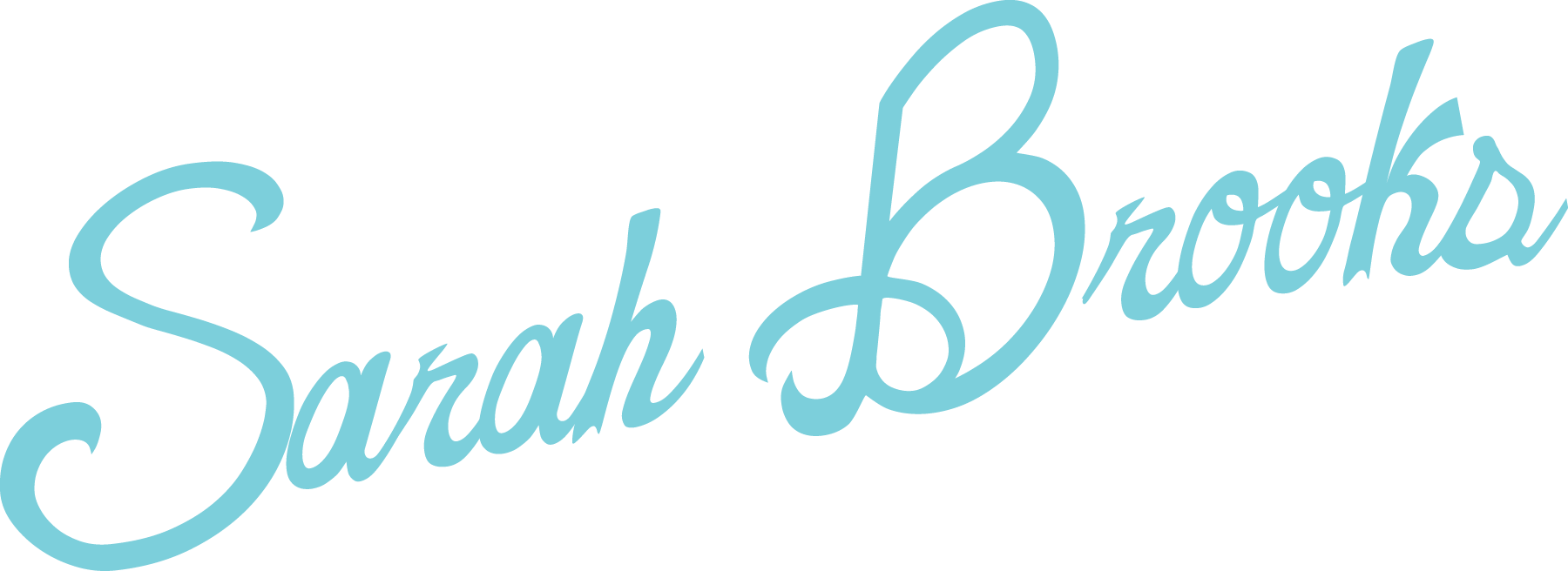Stanford’s CodeX FutureLaw Conference - How the Legal Profession Plans To Keep Up With Technology
Stanford’s Center for Legal Informatics hosted the CodeX FutureLaw 2018 conference, bringing together academics, entrepreneurs, lawyers, investors, policy makers, and engineers from around the world to explore how technology is changing the legal profession and the law.
Hilarie Bass, President of the American Bar Association (“ABA”) and Co-President of Greenberg Traurig, kicked off the conference with a bright outlook for the legal profession but also the understanding that the status quo must change. Her overarching message conveyed that the ABA knows they are behind in keeping rules and regulations up to speed with modern day law practice (ie. billing codes that are decades old), the need to ease up on licensing requirements across state borders (adoption of the Uniform Bar Exam in 30 states), and the promotion of technology adoption to make lawyers more efficient and bring costs down. For law students, she recommends a year of real-world, low-income practice in lieu of the last year of law school, in addition to teaching many more practical skills such as project management during school.
A big question the ABA has yet to tackle is an updated and clear definition of “Unauthorized Practice of Law (UPL),” which she was asked about during the Q&A. This is important to note because many outside entrepreneurs see the massive opportunity to serve the unmet legal needs of 80% of the US but they can be taken to court by the ABA if they are deemed “practicing law’ without a license. The problem is that no one knows exactly what counts as the “practice of law,” including that ABA. With the rise of AI and Machine Learning, many new legal services are rapidly being developed. If lawyers can’t meet the legal needs of the country, someone else is going to and by the time regulation catches up, citizens are going to demand the continuation of having access to low-cost legal services, likely run by those outside of the legal profession.
Hilarie argued against the idea that new technologies will make lawyers obsolete. There is a huge amount of legal work out there but most of it is high volume, low cost. Today, clients are gaining power and demanding more efficient and transparent work, in addition to flat fees or alternative fee arrangements. Traditional law firms are not set-up to sustain this type of work due to its partnership structure that depends on steep hourly billing, even for associates straight out of law school. Furthermore, most lawyers are not motivated to use technology that will make them more efficient because they will lose money when they bill less hours. So what’s the answer? Not everyone can work in biglaw. Lawyers must adopt new technologies that will make them faster, more efficient and cheaper. And the Unauthorized Practice of Law rules are being revisited and hopefully revamped to provide more clarity about the boundaries of how legal services can be provided at scale and allow for more innovation in the legal technology space.
Legal Tech Landscape
Trends: Decentralization, Distributed Ledger Technology and Smart Contracts, Chatbots and Document Automation
CodeX Techindex - curated list of 832 companies changing the way legal is done. The majority of the legal technology created solves for e-discovery but there are many other innovative companies in the index
Legal Services Innovation Index - see which firms and law schools are innovating

